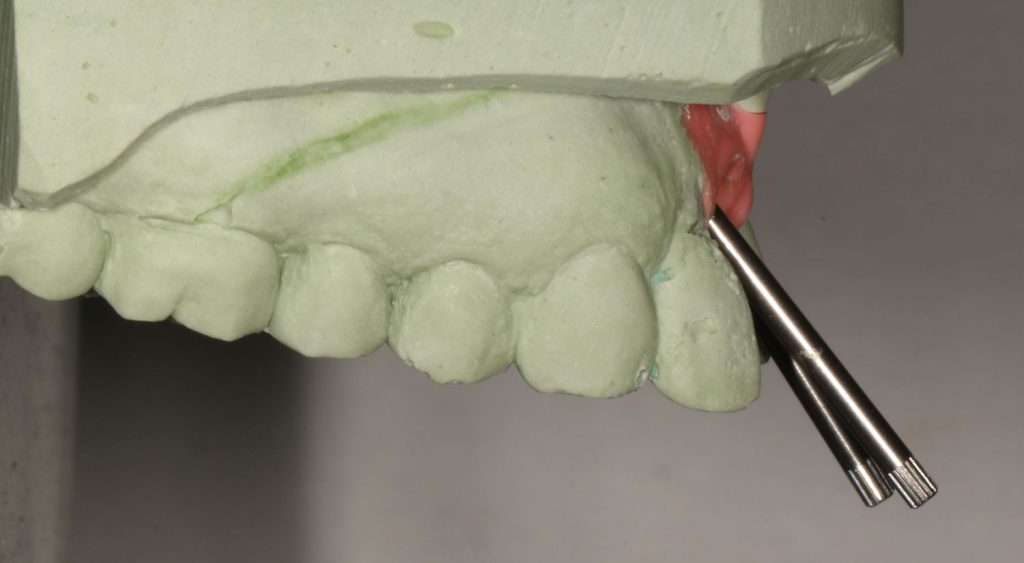
Converting a cement-retained implant restoration to screw-retained when the angulation is less than ideal
I had a patient referred to me with loose abutment screws of two central incisor implants. For a screw-retained restoration this is usually not a big deal, but this case presented with some unique challenges that I would like to share, along with how we managed this case. These central incisor implants had been restored two times before I saw this case, and there had been an attempt to tighten the abutment screws before the referral was made.
The screw head geometry was stripped before the referral, the geometry was indistinguishable, and the manufacturer of the implant was uncertain at the initial presentation. #8 presented with a composite crown on a gold custom abutment, #9 was a definitive crown, and the patient was more than a little anxious. We were able to determine the manufacturer of the implant and ordered two new abutment screws and impression copings for a subsequent appointment to remove the loose and stripped screws and replace with new screws.
We would make a fixture level impression at that appointment and make plans for new restorations. The patient was educated on the possible restorative options and was adamant that she did not want another cemented restoration and would prefer to have these crowns screw-retained to minimize future complications. The screw-head geometry for these implants is a unique “4-leaf clover” design, but did not provide us any additional luck. (Fig.1).
 Fig.1
Fig.1
The crowns were easily removed as #8 was composite and both were luted with temporary crown and bridge cement. The screws were not so easily removed and required the heads of the screws to be removed by careful grinding under magnification until the heads were removed and only the shank of the screws remained. The screw fragments were then retrieved from the implants, and new impression copings placed. A radiograph was exposed to verify seating of the impression copings and a fixture level impression was made with an open tray technique. The cast was later evaluated for possible restorative solutions. The new abutment screws were used to replace the gold- alloy custom abutments, and the existing crowns re-luted with temporary crown and bridge cement. This appointment was a big step forward for the patient as she now had two central incisors that were no longer mobile and her anxiety was noticeably reduced following this appointment.
How can we avoid doing a cement retained restoration?
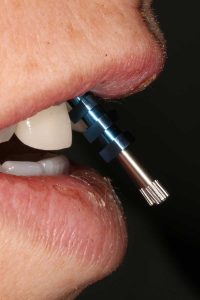
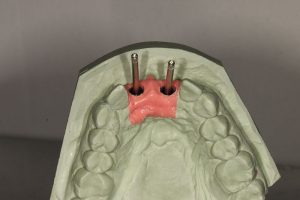



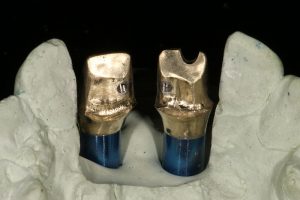
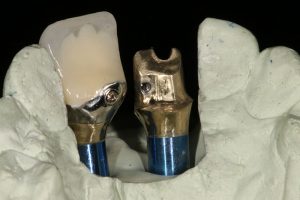

The decision was made to restore this case with lingual set-screws on cast gold-alloy custom abutments with ceramo-metal crowns. This allowed us to achieve the necessary esthetic results, while giving the patient the opportunity to have screw-retained restorations. While this does increase the initial cost of care, it will minimize the cost of any future complications related to loose abutment screws. This also eliminates the concerns of potential periodontitis secondary to retained dental cement. Proper treatment planning and the use of co-axis implants could have eliminated the need to provide such a technique sensitive restoration for this patient, but we often have to work with the case as it presents to us, and not how we wish it had presented. Hopefully this short case presentation adds another tool to your inventory of options for your patients, or maybe is a reminder of this option you had forgotten about, and will assist you in providing your patients with their restorative options.
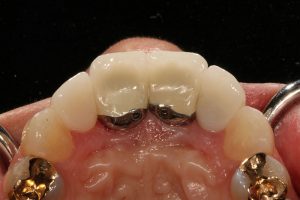
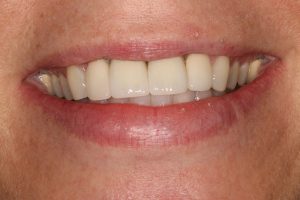

Comments closed
No comments. Leave first!